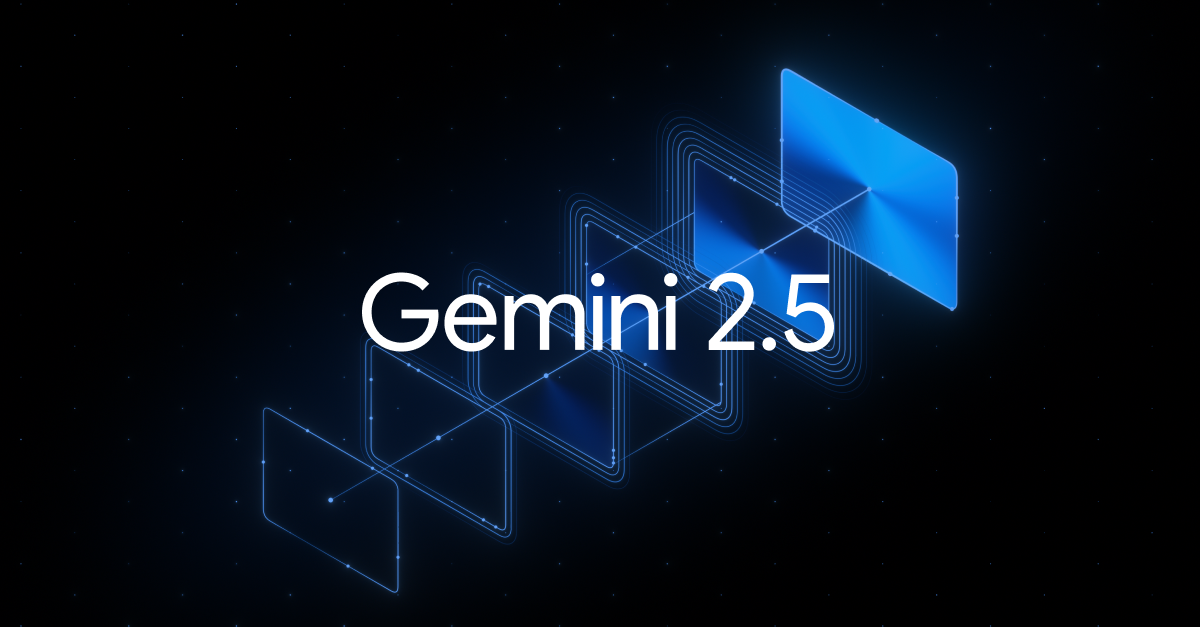PS5 DualSense controller vs. PS4 DualShock 4 controller: Which is better?
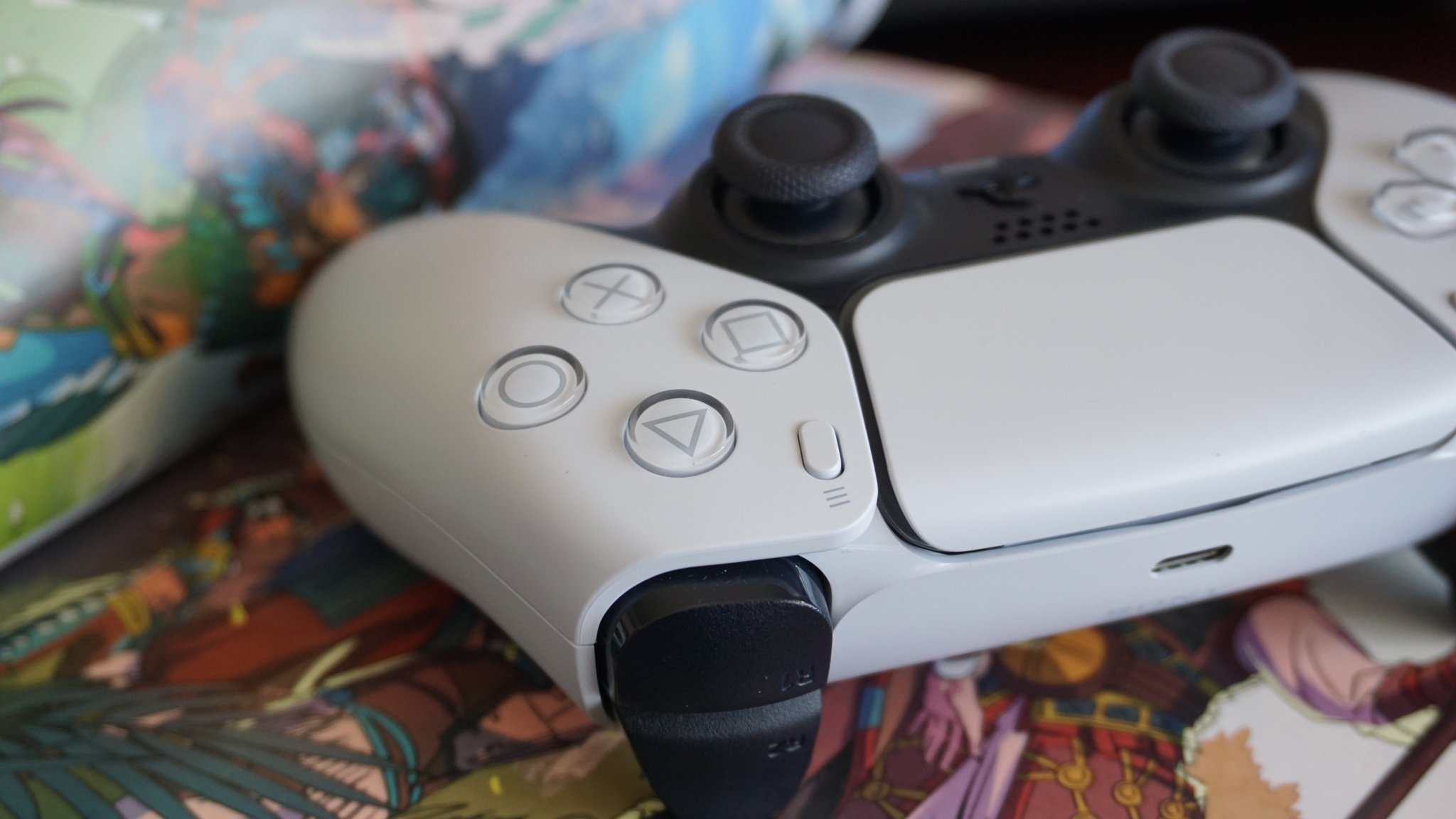
PS5 DualSense
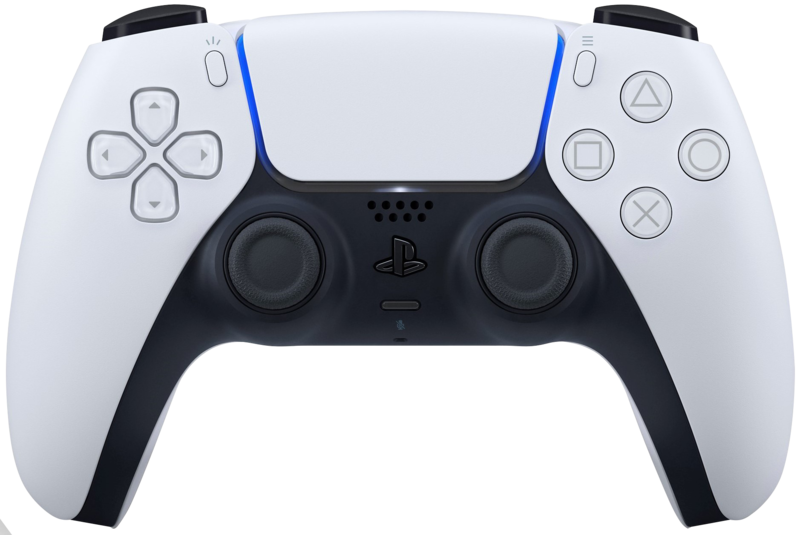
There's good reason Sony didn't simply call this the DualShock 5. DualSense attempts to revolutionize the line with a more ergonomic form factor and features like adaptive triggers and haptic feedback to enhance your immersion. It truly is the next big step that Sony is taking, and it speaks wonders for what the company plans with the PS5 in the coming years.
PS5 DualSense
Major upgrade
DualShock 4
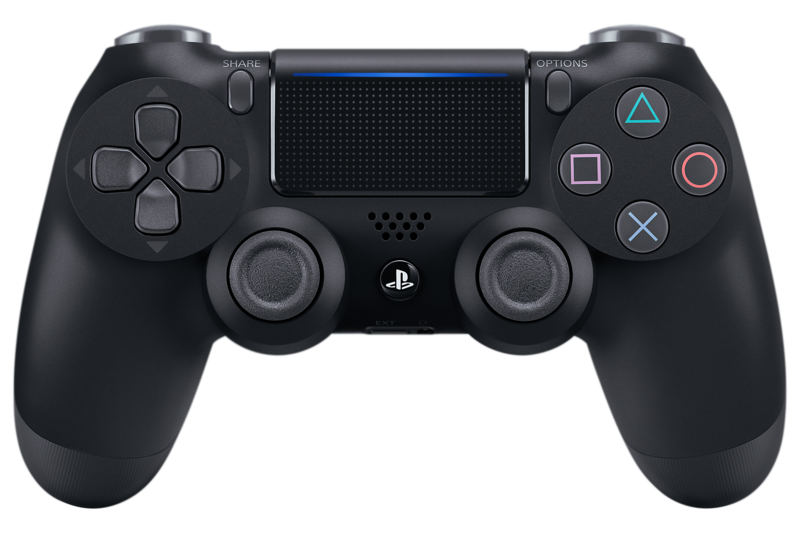
The DualShock 4 added a light bar and touchpad over its predecessor, the DualShock 3, but it's only a very adequate controller at its core. There's nothing too special about it besides the Share button, which pioneered content creation and sharing on social media. The design itself is nothing noteworthy, and the battery wasn't great either.
DualShock 4
On its way out
Every console generation is met with a new iteration of controllers. Major revisions, minor tweaks, and technological advancements all play a part inside and outside the hardware.
As much as the DualShock line of controllers has evolved since its inception, they have a similar look and feel. Sony's new DualSense for the PS5 completely changes the shape of the chassis, giving it a more modernized look and improving its ergonomics. Both the DualShock 4 and DualSense are still part of the same family, but it's clear that Sony isn't content with just the same old formula anymore.
Sony is taking a generational leap

Sony's never really been one to change its controllers drastically. The three pictured above — the original DualShock, DualShock 3, and DualShock 4 — show that. The first three DualShocks are nearly identical to one another, with the major change coming in the form of the DualShock 3's wireless compatibility (and the addition of thumbsticks in a revised DualShock controller in 1997). If I were to hold a DualShock 2 and 3 side-by-side, most people might not even be able to tell them apart. The biggest giveaway is the absence of an analog button on the DualShock 3, replaced with the PS button.
The DualShock 4 was Sony's greatest departure yet with its Share button, light bar, and touchpad, but even then, it kept a similar form factor throughout its entire chassis, with some minor adjustments to make it a bit more comfortable to hold. You could easily tell that all four DualShocks were within the same family line.
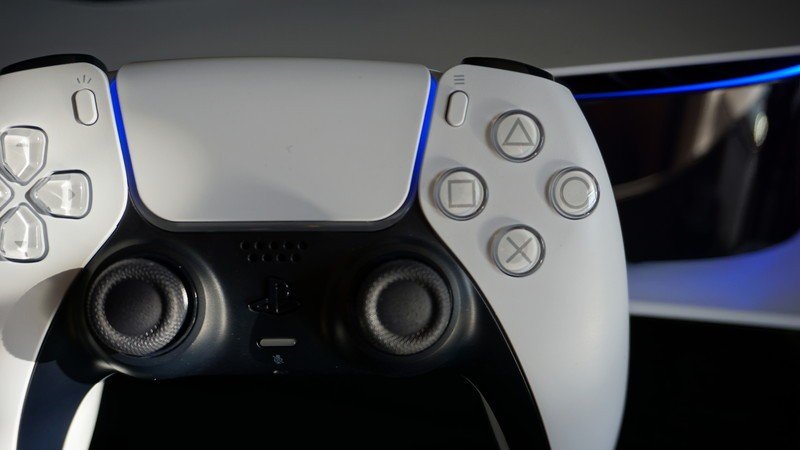
Now taking a look at the DualSense, you can see that Sony wasn't satisfied with just minor revisions. Instead, it looks like a proper controller meant for a new-gen system.
Be an expert in 5 minutes
Get the latest news from Android Central, your trusted companion in the world of Android
| Header Cell - Column 0 | PS5 DualSense | DualShock 4 |
|---|---|---|
| Price | $70 MSRP | $60 MSRP (Jet Black) |
| USB-C | Yes | No |
| Share button | Yes (Create) | Yes |
| Haptic feedback | Yes | No |
| Trigger layout | Symmetrical (inline) | Symmetrical (inline) |
| Trigger type | Adaptive triggers | Regular triggers |
| Battery | Internal | Internal |
| Textured grips | Yes | Yes |
| Touchpad | Yes | Yes |
| Microphone | Yes | No |
| Audio jack | 3.5mm | 3.5mm |
| Compatibility | PS5, PC, Android, iOS 14.5 (or later) | PS4, PC, Android 10, iOS 13 (or later) |
| Dimensions | 6.3in x 2.6in x 4.2in | 6.4in x 2.0in x 3.9in |
| Weight | 280g | 210g |
| Release date | November 12, 2020 | November 15, 2013 |
Form factor and other features
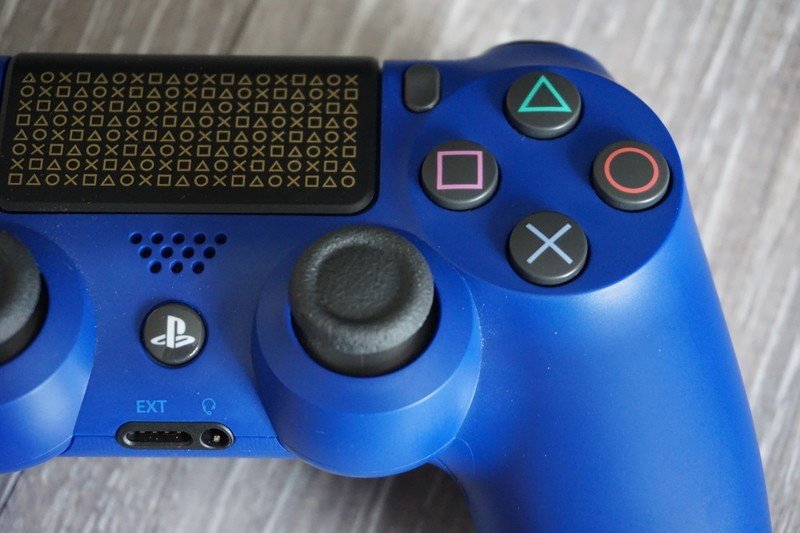
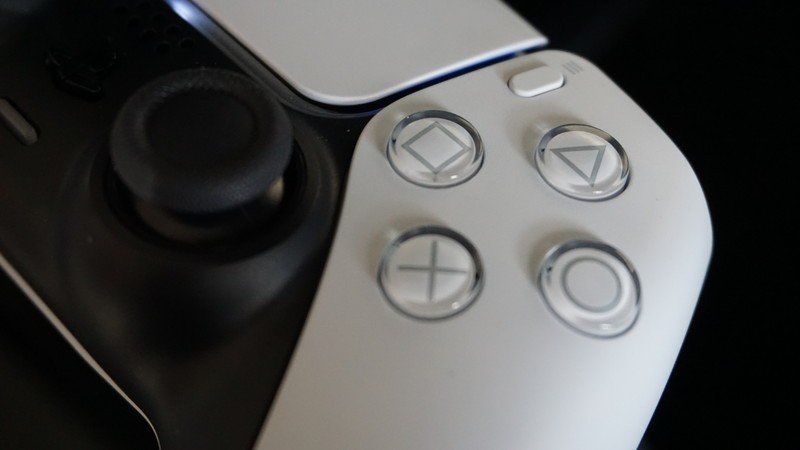
Source: Jennifer Locke / Android Central
Now more than ever, the DualSense is being compared to the Xbox One controller. That's not something that could be said in the past. This is due to the ergonomic design it now sports, which changes the shape of the grips and the rest of the chassis. It might seem like a minor tweak, but it's one of the most important changes Sony made. Ergonomics are everything when it comes to a controller. It doesn't matter what advanced features it has if the controller is uncomfortable to hold. This is aided by new textured grips and thumbsticks.
Because of the addition of adaptive triggers, which I'll get into more below, Sony has to tweak the shape slightly. They look similar to those on the DualShock 4, but a quick glance shows that the bumpers have certainly increased in size.
We had to consider how the components would fit into the hardware without giving it a bulky feeling. Our design team worked closely with our hardware engineers to place the triggers and actuators. The designers were then able to draw the lines of how the exterior of the controller would look and feel, with a challenge of making the controller feel smaller than it really looks. In the end, we changed the angle of the hand triggers and also made some subtle updates to the grip.
The button themselves are tactile now, as well. On the DualShock 4, the face buttons and D-pad felt a bit squishy to use. On top of all that, Sony swapped out the Share button for Create, added a mic array to the DualSense's internals, and is now utilizing USB-C charging.
Adaptive triggers
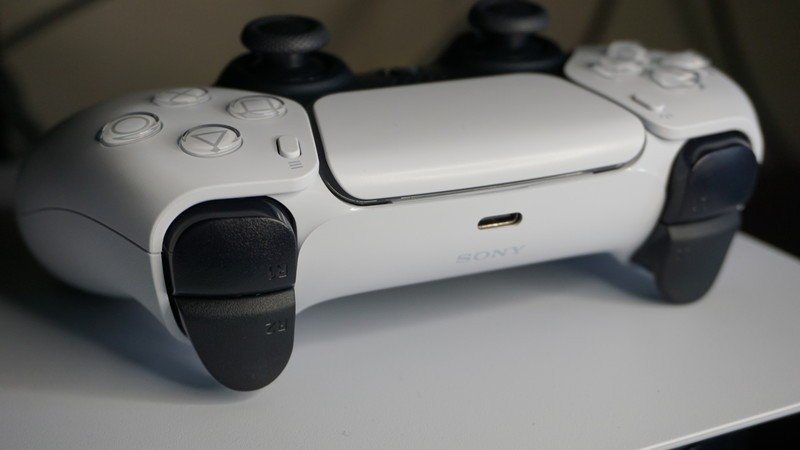
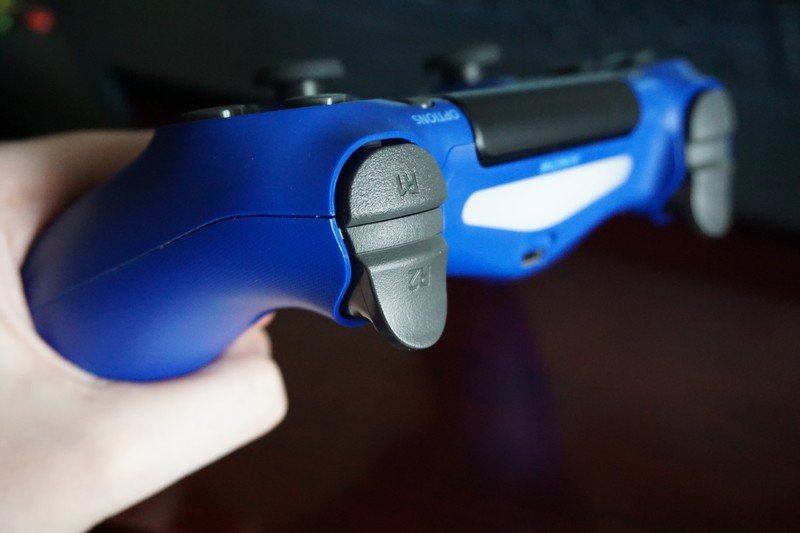
Source: Jennifer Locke / Android Central
There was nothing special about the triggers on the DualShock 4. That's changed with the DualSense. Sony has created adaptive triggers, adding layers of tension and resistance to the triggers depending on your actions in-game.
Combined with the DualSense's improved haptic feedback technology, these features deliver a new level of immersion that was otherwise impossible before. You'll feel your actions. Judging from people who've had their hands on the controller — myself included — the DualSense is every bit as revolutionary as Sony claimed. Adaptive triggers are no joke, and I hope more third-party developers utilize them.
Light bar placement
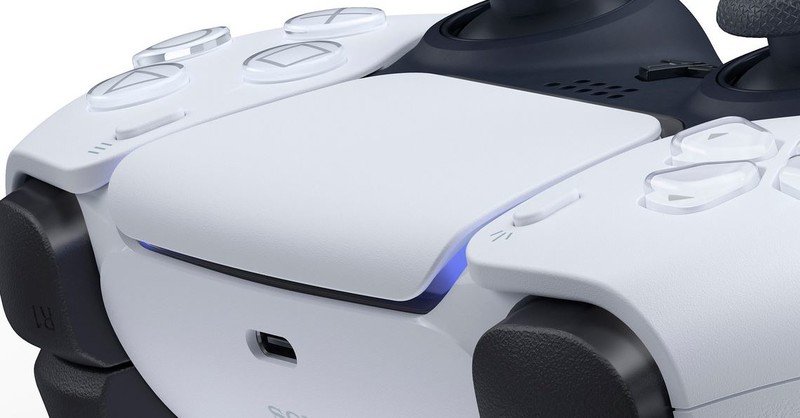
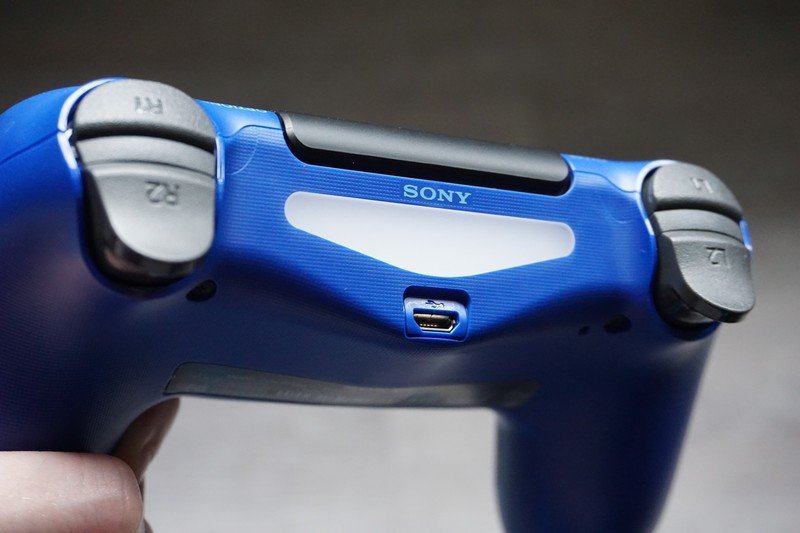
Source: Sony and Jennifer Locke / Android Central
The light bar was an interesting idea that not enough developers took advantage of, and it ended up becoming more of a nuisance than anything. Instead of providing new ways to experience a game, you were stuck with some bright light that drained the battery and couldn't be completely turned off. Nevertheless, Sony decided not to give up on it because it kept the light bar on the DualSense.
This time, however, the light bar takes the form of a small strip that borders the entire touchpad. We still can't turn it off fully in the settings, but at the very least, it's less obtrusive and doesn't battery as much.
Bottom line
There's no doubt that the DualSense is far more advanced than the DualShock 4, and after spending a large amount of hands-on time with it, it's a huge generational leap for Sony. The DualSense seems to be an upgrade in almost every way — if only Sony could do something about that unfortunate thumbstick layout.
Looking at the past, the best PS4 controllers were often third-party. The best PS5 controllers, however, are led by the DualSense.

Sony's design team at its best
The DualSense seems to be shaping up to be everything you'd want from a controller revision. Sony's going full steam ahead for its new-generation consoles and accessories, and I can't wait to see what else it comes up with.

Better to leave this hardware in the past
The DualShock 4 serves its purpose on PlayStation 4, but it's quickly becoming obsolete hardware. A subpar battery, janky ergonomics, and boring triggers make it something you won't want to use going forward.

Jennifer Locke has been playing video games nearly her entire life. You can find her posting pictures of her dog and obsessing over PlayStation and Xbox, Star Wars, and other geeky things.
